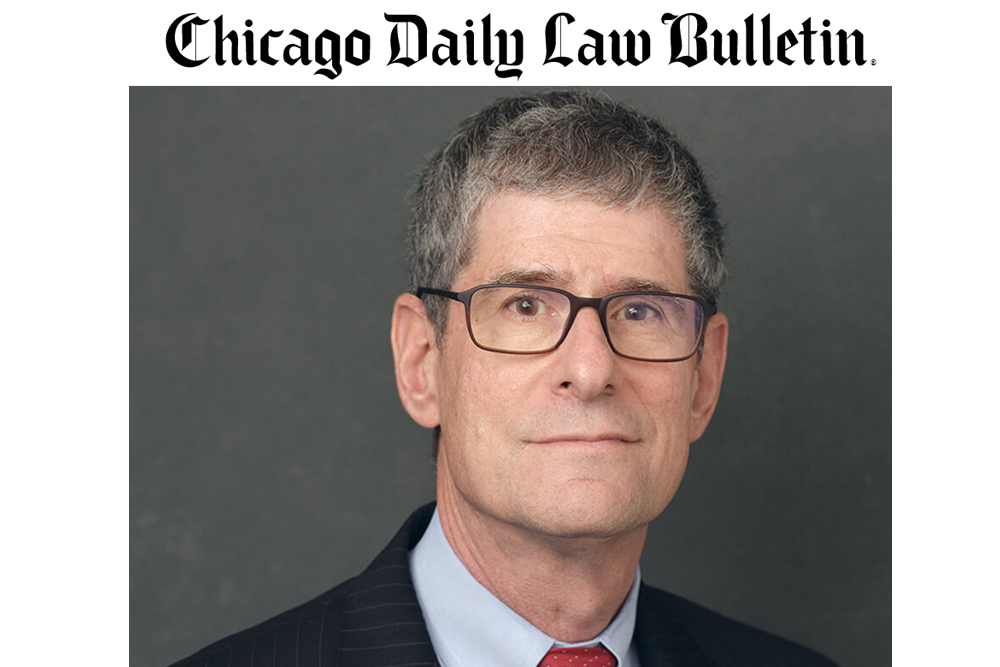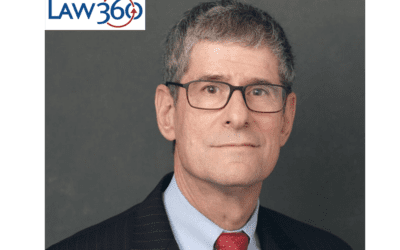Studies have shown that long COVID, a constellation of debilitating symptoms that persist after an initial COVID-19 infection, has resulted in significant disability for many. The Centers for Disease Control and Prevention reports that symptoms of long COVID such as brain fog and fatigue have affected nearly 7% of all American adults and limited their ability to work.
A new decision from a federal court in Minnesota, Whitehouse v. Unum Life Insurance Company of America, 2024 WL 1209230 (D. Minn., March 21, 2024), addressed a disability insurance claim brought by a physician, Dr. Sara Whitehouse, who claimed an inability to work due to long COVID. The ruling offers a lesson to claimants on how to prove a disability claim involving long COVID, but also teaches insurers what not to do.
Whitehouse initially contracted COVID-19 in March 2020. After recovering from the acute symptoms of the virus, she returned to work. However, after three weeks, she became severely short of breath and suffered from extraordinary fatigue even though she had previously competed in marathons and triathlons, and regularly engaged in other athletic and active outdoor pursuits. Despite intensive treatment from multiple physicians and other health professionals, Whitehouse could not resume full-time work for a significant period of time.
Although Whitehouse qualified for short-term disability benefits, Unum denied her application for long-term disability benefits. When Whitehouse appealed the denial, her claim was evaluated by a Unum in-house doctor, Scott Norris, a specialist in family medicine, occupational medicine and aerospace medicine. While agreeing that Whitehouse was initially disabled, Norris found the evidence did not support ongoing restrictions or limitations, which led to the denial of her appeal. Whitehouse then sued Unum seeking the benefits she claimed were due.
The court ruled for Whitehouse, finding Norris’ opinions unpersuasive. The court noted that Norris accepted the plaintiff’s subjective symptom reports “inconsistently” because he credited her reports of improvement but rejected any claims of persistent disabling symptoms.
Hence, the court concluded, “Taking Whitehouse at her word only when it supports denying benefits and either questioning or disregarding it otherwise harms Norris’s credibility.” The court also criticized Norris for failing to analyze the “collective effect” of Whitehouse’s symptoms.
In addition, the court found other aspects of Norris’ assessment troubling, finding his evaluation was not “a full and credible evaluation of Whitehouse’s claim.” Finally, Norris was faulted for demanding objective evidence to verify unverifiable symptoms and focusing on “normal test results” since long COVID is a condition that “accounts for individuals with a normal test history.” Contrary to Norris’ opinions, the court determined the evidence supported Whitehouse’s claim, pointing to the consistency of the evidence, the plaintiff’s treatment at the Mayo Clinic, Whitehouse’s efforts to return to work, and her ultimate success in getting back to full-time work.
This ruling offers valuable lessons both to disability claimants as well as to disability insurers. Claimants are at a disadvantage in attempting to prove disability resulting from symptoms that are unverifiable by objective testing. However, as this opinion illustrates, there are ways to develop adequate proof. Together with Abrams v. Unum Life Ins. Co. of Am., 646 F. Supp.3d 1061 (W.D. Wash. 2022), which involved a trial attorney who was seeking disability benefits on account of long COVID, the roadmap to proving disability offered in Whitehouse is clear. Like the situation in Whitehouse, William F. Abrams consulted multiple doctors seeking effective treatment for identical symptoms of severe fatigue and brain fog. Moreover, both Whitehouse and Abrams submitted extensive medical evidence supporting their inability to work in their usual occupations.
Although the court in Abrams acknowledged that Unum may have had some basis for questioning Abrams’ claim due to the absence of definitive objective test results, the court was convinced by the consistency of the medical findings presented. What also contributed to a favorable outcome for Abrams was his professional success, his work ethic, and his extensive level of physical activity outside of work, characteristics which also describe Whitehouse.
Although the ruling in Whitehouse did not explicitly make the point, it would also have been illogical for Whitehouse not to be working if she were capable of doing so. Another recent case involving Unum made the point more directly. In Boersma v. Unum Life Ins. Co. of Am., 546 F.Supp.3d 703, 713 (M.D. Tenn. 2021), the court observed: “[Margaret] Boersma’s own history of professional success and dedication to her career tends to weigh against any inference that she would falsify or exaggerate her symptoms to avoid her career responsibilities.”
The plaintiff’s extensive treatment history led to a favorable outcome both in Abrams as well as in Whitehouse.
Mark DeBofsky is a shareholder at DeBofsky Law Ltd.
This article was first published by Chicago Daily Law Bulletin on April 09, 2024.







